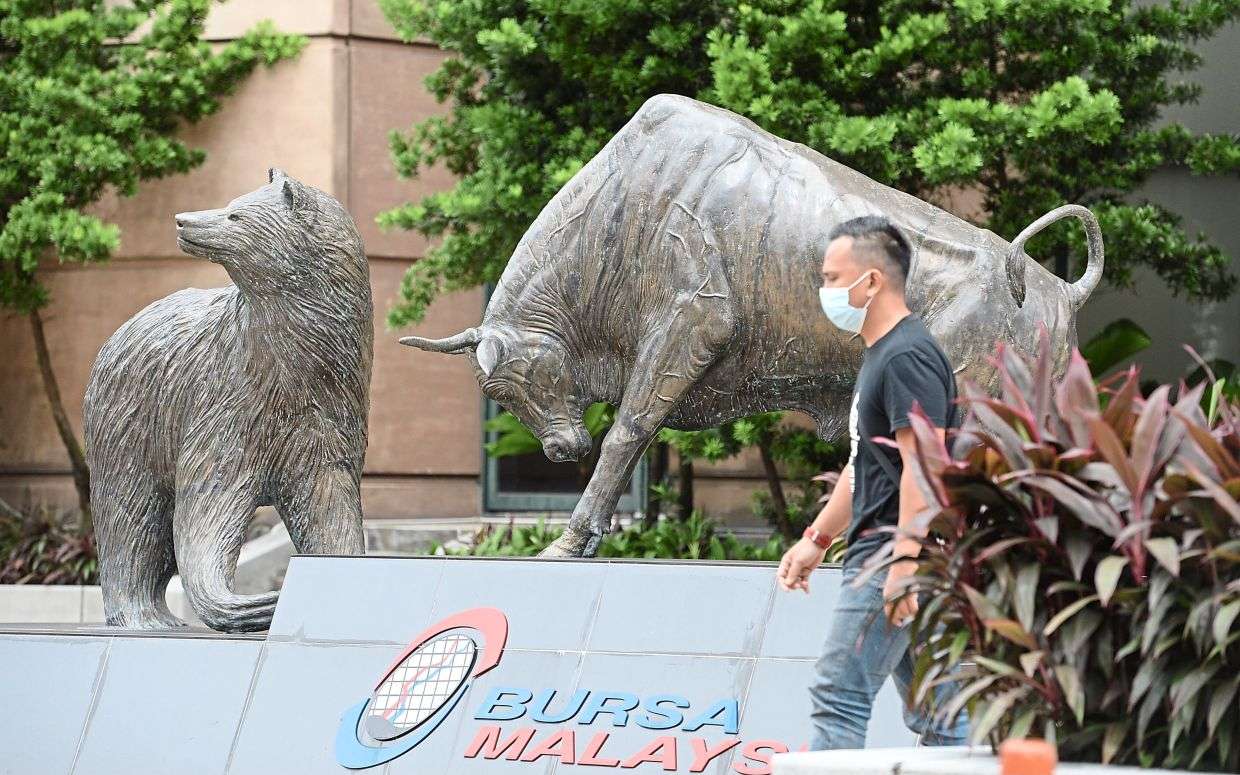
Less than a month ago, a minority shareholder of Singapore-listed Great Eastern Holdings Ltd (GEH), representing a group of other minority shareholders, requested for the company to table, among others, three resolutions in the upcoming annual general meeting (AGM).
The three resolutions were in relation to withholding 30% of the directors’ fees until GEH’s share price recovers to 0.8 times of its Embedded Value (EV); to replace the OCBC Bank Ltd’s shares in the current executive share option schemes (Esos) with GEH shares; and to appoint an independent financial adviser to explore options to enhance GEH’s shareholders’ value.
The board, in its letter to the Singapore Stock Exchange (SGX), responded to the minority-shareholder request and acknowledged that GEH shares are trading above the net asset value (NAV) of the company, they do trade below the estimated EV.
GEH also informed SGX that the resolutions do not satisfy all of the requirements necessary for a requisition for resolutions to be moved at the next AGM based on the legal advice that the company had sought. GEH did not specify what are these requirements.
DRP Method
In Malaysia, there is also another curious case whereby a corporation recognises that the share price of the company is not reflective of the underlying value of the company.
icapital.biz Bhd (ICAP), a closed-end fund listed on Bursa Malaysia, sought an innovative way to close the gap between the share price and the company’s NAV via the introduction of an innovative dividend reinvestment plan (DRP).
In the company’s proposal, it will pay 1% yield based on the company’s current share price plus 8% of the difference between the NAV and the share price.
Hence, based on the current share price of RM3.10 and the NAV of RM3.93, the company would pay a dividend of 3.10 sen plus 8% (RM3.93 – RM3.10) = 9.74 sen.
This translates to an effective yield of 3.1%. The proposed DRP, which was tabled to shareholders at an extraordinary general meeting (EGM), was approved at the end of last year with 60.2% acceptance level while some 39.8% rejected the motion.
While ICAP’s proposal is unique as to the formula in declaring the DRP, the DRP itself is not new in the context of Malaysian listed companies.
Today, many companies are using the DRP model to give shareholders an option to convert their dividend entitlement into new ordinary shares, especially since the new shares itself are issued at a discount to the current market price.
This is also one way for a company to conserve cash outlay as DRP is in essence a non-cash transaction and improves a company’s equity value.
If the volume weighted average price for the DRP is below the company’s NAV, the company’s NAV will drop but if the issued price is higher than the current NAV, the NAV price will increase as we see the case of most banking stocks’ DRP.
Board’s Responsibility?
Once listed, the stock market is a funny place when one were to observe the behaviour of share price of a company.
In Malaysia’s case, we have observed, especially in the property and real estate investment trust (REIT) sector, share prices generally trade well below NAV, while in sectors like technology or certain companies with high dividend payouts, the share price tends to trade at several multiples of the NAV.
In cases where share prices are below NAV, is it the board’s responsibility to ensure that share price of a company is reflection of the company’s intrinsic value?
The board plays a critical role in shaping the strategic direction of the company and at the same time meeting the expectations of its stakeholders, which of course includes shareholders, and to protect them.
The board also plays a role in overseeing the management to ensure they are able to meet the target set within the scope of applicable legislations and regulations.
The board members have a fiduciary duty to act in good faith, without conflict and in the best interest of the company and its shareholders.
While decisions made by the board can have significant impact on the share price of a company, the board is not responsible for the movement of the company’s share price per se.
That is determined by investors, who will judge the company’s value based on publicly available information, the business prospects and growth story that underlines the company’s fundamentals.
As it is often said, for the board of any listed company or even management, they should just focus on the business and its direction without having any interest on the market price of the company’s shares.
Only in cases where there are significant daily volatility, and if queried by Bursa Malaysia, the board is duty bound to explain the reasons (if any) for any wild swings in the company’s share price.
Hence, in the case of the GEH’s minority shareholder requisition of seeking a board resolution to be tabled at the forthcoming AGM to address the issue related to the discount between the market price of the company and the company’s EV must surely be rejected.
Nevertheless, the board can put on record of the fact of the matter and recognise the disparity.
In GEH’s case, where OCBC presently owns some 88.4%, the best option is in actual fact to take the GEH private at a fair price. OCBC, which had attempted to take GEH private in two separate occasion, in 2004 and 2006, just needs another 1.6% stake to trigger the mandatory delisting requirement as it would then have less than 10% free-float.
What Can GEH’s Board Do?
In the 2006 offer to take GEH private, OCBC offered price to GEH’s minority shareholders was at S$16, translating to a price/EV multiple of 1.51 times, while in the 2004 offer, it was based on an exchange of 976 OCBC shares for every 1,000 GEH shares held.
Based on GEH’s current share price of S$18.22 and latest EV of S$36.59 per share, the share price is seen as undervalued, trading at just 0.5 times price/EV multiple.
However, when compared with regional peers like Ping An Insurance Group and China Life Insurance, both of which are listed in Hong Kong Stock Exchange and trading at 0.47 times and 0.53 times respectively, the current market price of GEH is not significantly off when measured against its peers.
In fact, even Prudential plc, which is traded in the London Stock Exchange is trading at about 0.45 times EV. The only outlier is AIA, trading just over one times EV.
One way to appease the minority shareholders of GEH is for OCBC to either buy up the remaining 1.6% stake in GEH or launch a new privatisation of the insurer at a price that is fair to all minority shareholders.
That is a board’s call and certainly the requisition for the three resolutions has little merit.
Pankaj C. Kumar is a long-time investment analyst. The views expressed here are the writer’s own.
The article was first published here.
Photo by Anna Nekrashevich.

 5.0
5.0 
















